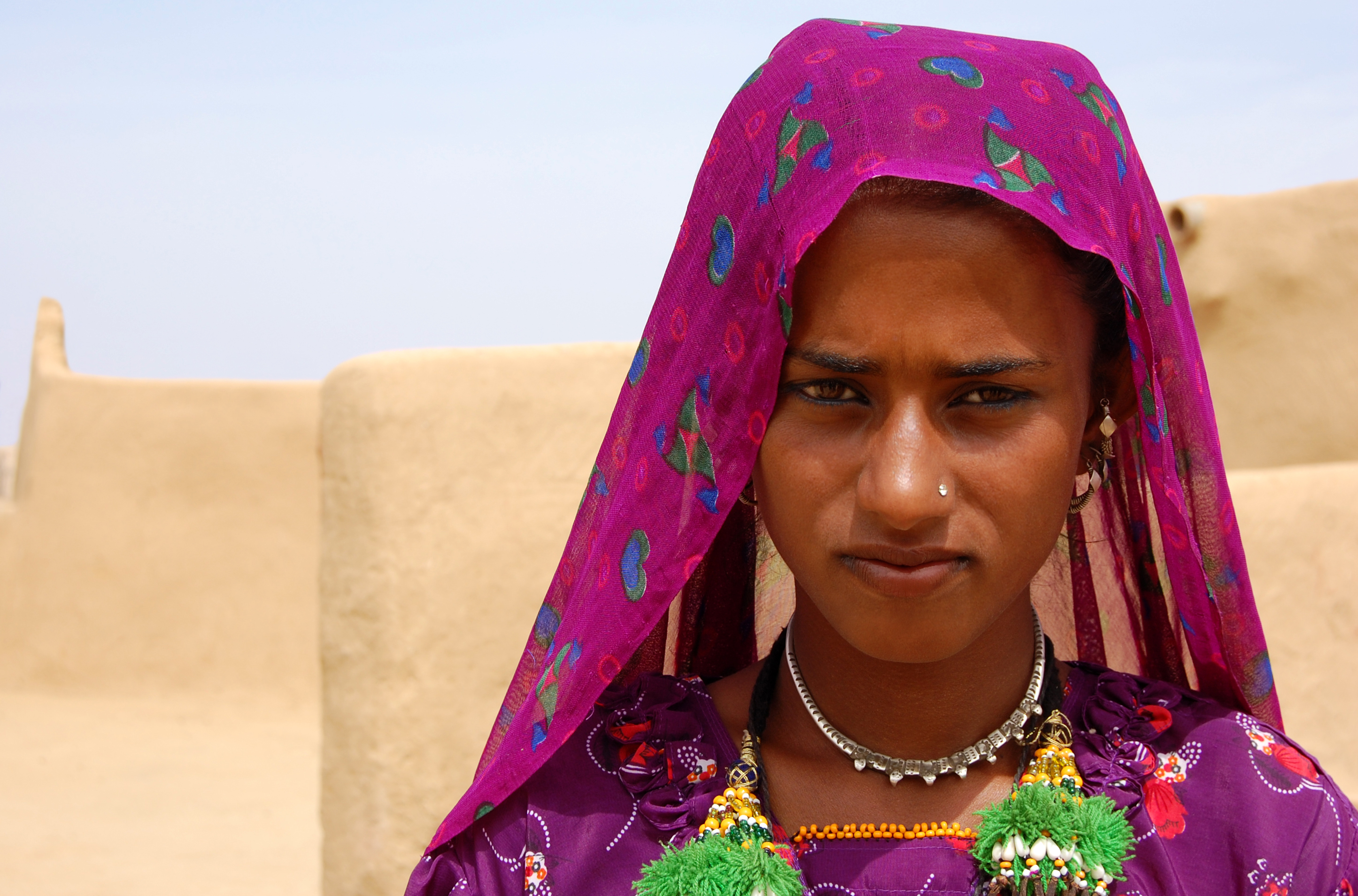Is Rising Violence Against Women Related to Rising GDP?
Violence against women in India

India is a country where it was found that the autonomy and value – or lack thereof – of women, has always been a moot point. Granted, studies such as those by Dyson and Moore (1983) revealed that the position of women may be better in parts of South India than North India but this is merely relative and the fact that such studies are even required validates the presence of adversity.
Furthermore, in recent times, as Karin Kapadia, Malvika Karlekar and Siwan Anderson have noted, the discriminatory practices of the north, such as dowry, have started to become prevalent in the south.
In India, violence is a coercive instrument that is so ingrained into the socio-cultural paradigm that it passes by unnoticed. This structural violence enforced by a patriarchal and patrilineal paradigm subtly shapes and chisels the experience of most women in India from the moment they are conceived. In this very same India, the forces of liberalization have created conditions conducive for economic growth. As per the old formula, it was envisaged that increasing gross domestic product (GDP) would in turn allow for more investment in education and healthcare, which would create greater gender awareness and this would eventually alleviate gender violence against women. It definitely seems to have worked in countries such as Sri Lanka and in South East Asia.
It is, therefore, interesting to observe that though India’s GDP has risen at about seven percent in the last decade, violence against women, rather than decreasing, is on the rise. Though there has admittedly been a decline in the sex ratio, this lessening sex ratio is adverse to women and lopsided, thereby indicating increasing discriminatory practices against women due to a gender bias in relation to mortality.
An explanation for this may be that women’s bodies have been caught in the crossfire between representing India’s global transformation by pushing forward the image of the modern Indian woman who is independent and liberal, on the one hand, and traditional Indian cultural purity on the other. This awkward tryst with western influences and the need to fortify archetypal social discrimination may have reinforced hetero-normative prisons. This need to exploit women as conduits for displaying national modernity and purity has made control over female sexuality imperative for the nation. Similar arguments have been propounded by scholars such as Rupal Oza and Karin Kapadia
The ramifications of this above mentioned paradox come crashing down on the instrument of this exploitative enterprise, i.e., the woman, whose body becomes the battleground for the frustrations and socio-eco-cultural aspirations of the nation and its masculinities. This violence is in the form of assault, harassment, rape and other discriminatory practices such as female infanticide and nutritional neglect.
According to the data from the third National Family Health Survey, better economic conditions and higher education do not guarantee or protect women from having violence inflicted upon them, nor does it lead to greater reporting of violence by these superficially empowered women.
Furthermore, economic progress and economic mobility have brought with them the phenomenon of ‘sanskritization’ i.e., upwardly mobile groups mimicking the social customs of the higher castes in order to facilitate their social mobility creates the social legitimacy to build a gendered prison. For example, due to the fact that a sign of wealth, affluence and high social status is to not have the women of the house seek employment, women are not able to venture out of the house or be financially independent. In addition to sanskritization, there is evidence of a strong prevalence of son preference ‘daughter avoidance’, pronatalist pressures and neglect by the police and government. Furthermore, rather than decreasing the practice of dowry the economic wealth gained form modernization is used to fuel bigger dowries. In this way economic development in the country has been accompanied by the reinforcement of gendered prejuicies and discrimination.
Perhaps it is due to the emphatic rhetoric, since the time of Nehru, on industrialization that economic progress in India has not been directly linked with increasing violence against women in India. Though economic development has been associated with the strengthening of patriarchal norms, in the works of Karin Kapadia and Oza, it has yet to be directly implicated in the increasing violence against women. Occurrences of violence against women are merely reported as isolated and unconnected incidences.
However, if GDP is implicated in the escalating rise of violence then, in the short term, State intervention and action by civil society may be required to break this ominous link between economic growth and violence. Due note is taken of apprehensions by writers such as Ratna Kapur who believe that placing too much power in the hands of the state will lead to further oppression of women by way of conservative and paternalistic, as opposed to progressive measures, by the state on behalf of women. However, realistically speaking, the State is the largest apparatus that can uniformly undertake such an enterprise on a national scale. Therefore pro-active measures by the State are quintessential. Civil society should be urged to remain vigilant in order to neutralize state protectionism and paternalism in favour of progressive policies regarding the safety of women.
The long term implication of this research is that if my hypothesis is true then the State and the intellectual zeitgeist that propels the mantra of economic growth at all costs in order to create a panacea re social indicators must reassess it’s notions regarding economic growth as the main indicator of success. Unless of course, its only money that makes the world go round while women’s bodies act as the quotidian bloodied canvas for portraying the nations image.


